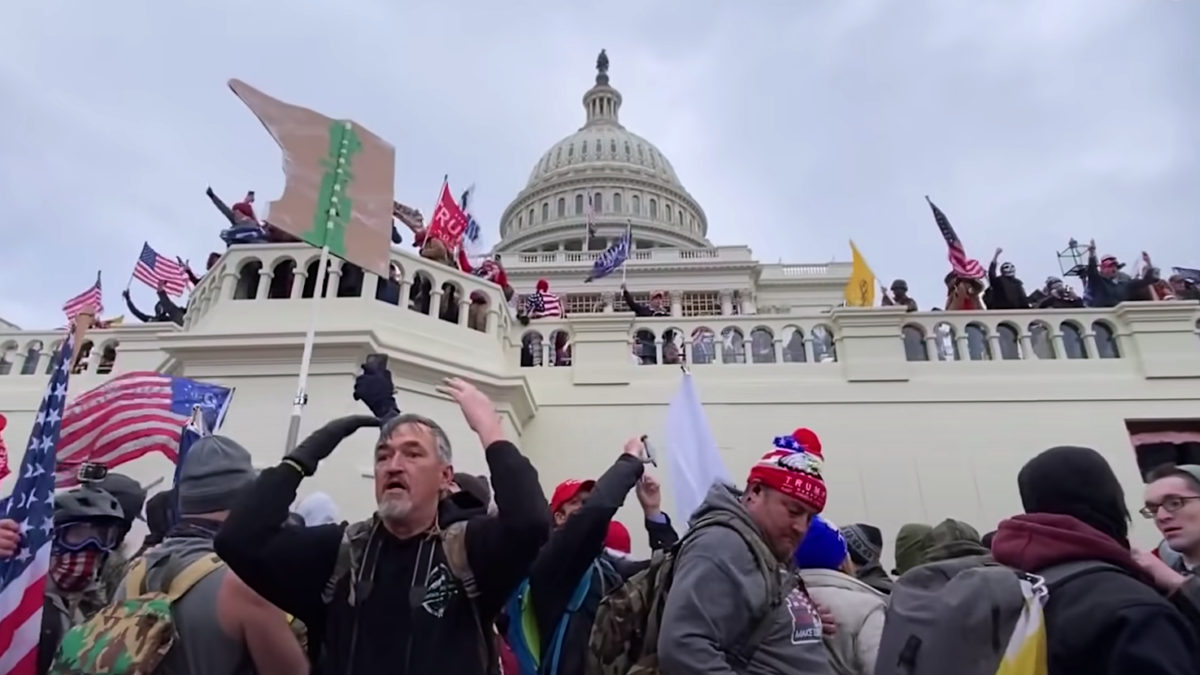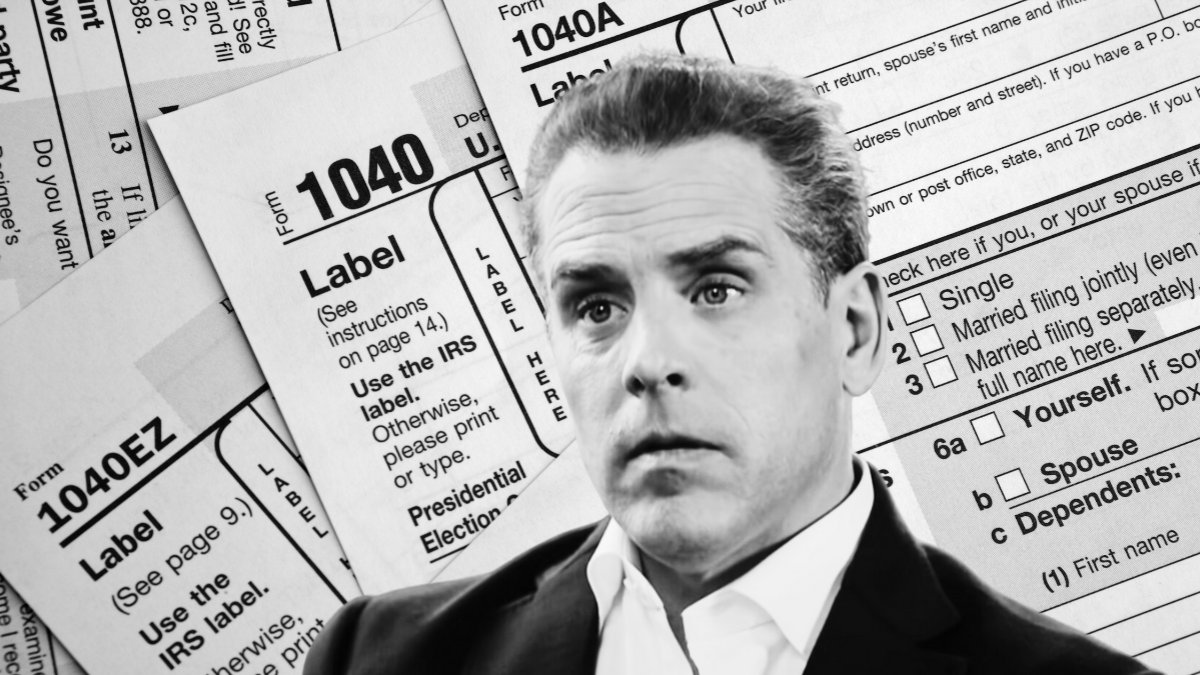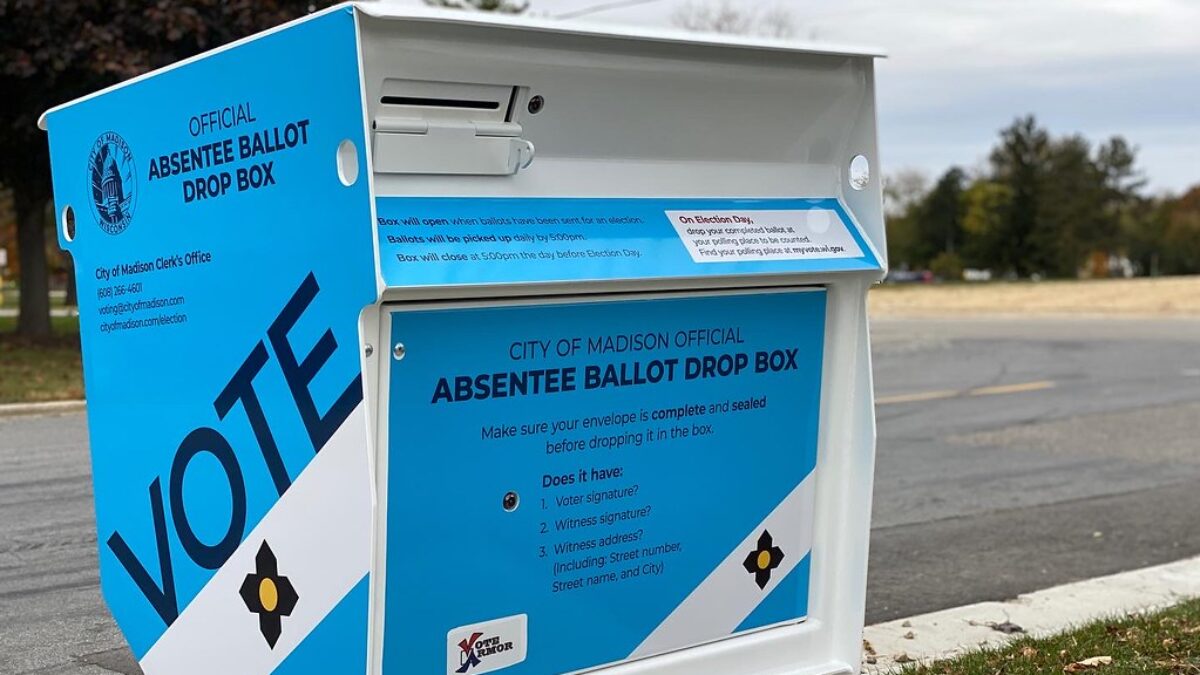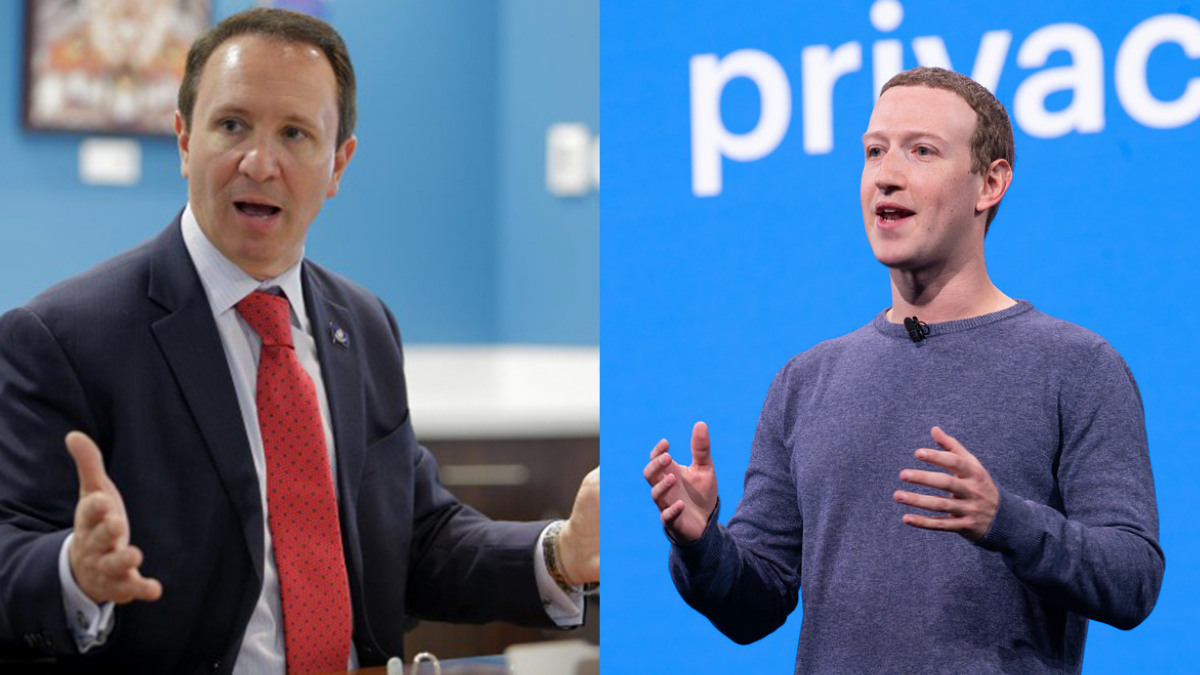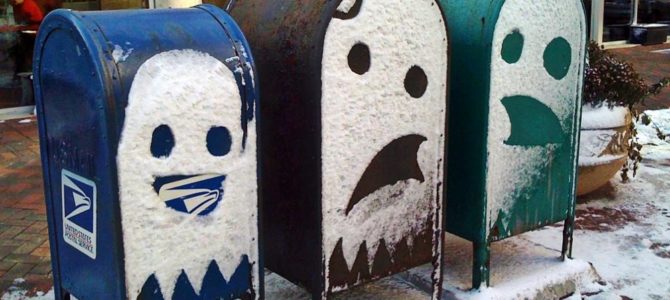
In the latest contribution to the Democratic Party and corporate media hysteria accusing President Trump of attempting to destroy the U.S. Postal Service, House Speaker Nancy Pelosi (D-Calif.) has summoned the Democratic-led House back to Washington to pass emergency legislation prohibiting changes in the postal service’s operations until after the election. This is yet another in a string of bad ideas from Pelosi.
Yet there are some important management and systems changes that USPS and local postal authorities can and should undertake immediately to ensure all mailed ballots are processed and delivered in a timely fashion. Let’s start with the USPS Office of Inspector General’s November 2019 report, “Service Performance of Election and Political Mail During the 2018 Midterm and Special Elections,” analyzing the timeliness of the USPS in processing and delivering mailed ballots during the 2018 elections.
The USPS defines “election mail” as official mail to and from official election agencies. This specific type of mail is to be treated as First Class and delivered within 1-3 days. Notably, however, the USPS sets a goal for itself to deliver only 96 percent of election mail in a timely fashion.
This means the USPS accepts as given that it can’t guarantee 100 percent on-time delivery of election mail. The inspector general’s review found that the USPS failed to meet even its 96 percent goal in 2018, with the national average of timely delivery of election mail of only 95.6 percent.
To understand how this would play out, if all Ohio voting in the 2016 presidential election had been by mail and 4 percent of the 5.6 million votes cast for Trump and Clinton were mailed but not timely delivered, that would have been roughly 224,000 ballots. That would have met the USPS’s goal of 96 percent on-time delivery. Think about that: nearly a quarter of a million votes would not be delivered on time, but that would be considered a success by the USPS.
In the lowest-performing USPS Processing and Distribution Centers reviewed by the inspector general in 2018, election mail was timely delivered only 84.2 percent of the time. The causes of the delayed delivery of election mail was not a lack of funding. Rather, the inspector general noted that the failures resulted from lack of proper management, training, coordination with election officials regarding ballot and envelope design, and failure to prepare for and develop proper processing and tracking systems for peak season volume.
Then, there are the mailed ballots that are not just late, but missing altogether. The U.S. Election Assistance Commission collects data from the states after every election cycle regarding various voting issues. One category the EAC compiles is the number of mailed ballots by the states that went missing or were otherwise unaccounted for or undelivered.
In 2018, the EAC reports that of the 42.4 million non-overseas and military mailed ballots, 10.5 million ballots, or almost one-third (28.4 percent) of those sent to voters by mail were “undeliverable, spoiled, voted/surrendered by the voters on or before Election Day, or were otherwise unaccounted for.” That’s a lot of ballots missing, undeliverable, or otherwise unaccounted for.
Whatever the reasons, there is urgent and important work to be done by both the USPS and election officials. This requires an all-hands-on-deck approach to address delays and potential chaos in the mail voting systems. Here are some of the best ways to head-off potential problems.
1. Coordinate Ballot Design, Plans, and Timetables For Election Mail
The postmaster general should direct all local postmasters to confer and coordinate with local and state election officials to develop a joint calendar and timetable for sending and receiving election mail. This should be planned with an eye for addressing peak periods within each state’s particular election deadlines.
Additionally, as one of the findings was that designs for ballots and ballot carriers issued by election officials are sometimes not compatible with standard USPS processing equipment, the USPS and election officials should confer about ballot and carrier designs to ensure that is not a problem in 2020.
2. Apply the National Change of Address Registry to All Voter Rolls
One of the major problems in the mail voting system involves the deluge of undeliverable ballot applications or, even worse, ballots sent to individuals who no longer reside at the address on the voter rolls. Democrats oppose all efforts to clean the voter rolls but then demand that ballots be sent to every person on the unkempt rolls. Undeliverable election mail is both a costly yet completely unnecessary burden on the USPS systems, not to mention the fact that it opens to the door to massive absentee ballot fraud.
The new funds to the USPS from the CARES Act loan and any new USPS funding should be coupled with mandatory application of the NCOA to clear the voter rolls of those no longer residing at the address on their registrations, greatly easing the burden of mailed ballots, while protecting the integrity of the election.
3. Implement The USPS IG’s 2019 Recommendations
The inspector general identified several best practices followed by the highest performing postal services centers as well as problems in the low-performing locations. USPS officials should be implementing those changes now, despite the Pelosi demands that “no changes” be allowed.
4. Ensure 100 Percent On-time Delivery and Processing Of Election Mail
Accepting a 4 percent failure rate for election mail is unacceptable, and the USPS must make the changes necessary to ensure 100 percent on-time delivery and processing of such pivotal things as election ballots.
Finally, one piece of advice to voters: If you want to be sure your ballot is received and counted by your local election office, hand-deliver your mailed ballot to the election office. Or, vote the old fashioned way: Go to the polls and vote in person for the candidate of your choice on Nov. 3, 2020.


